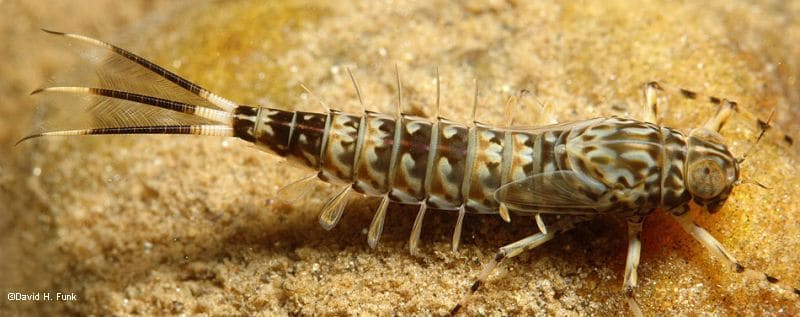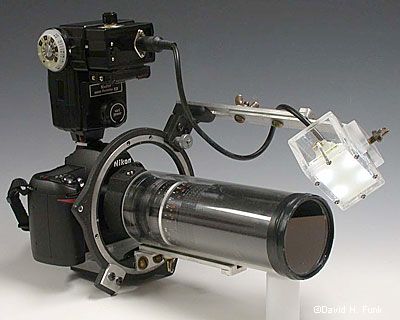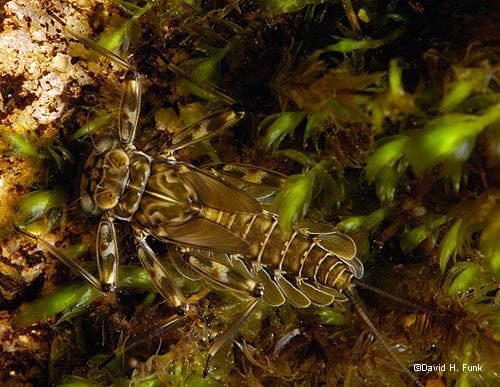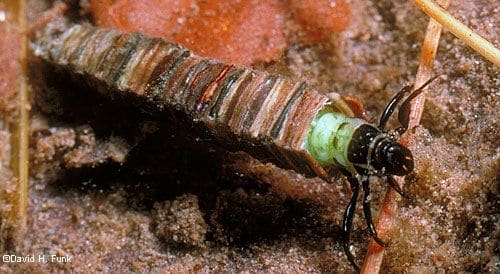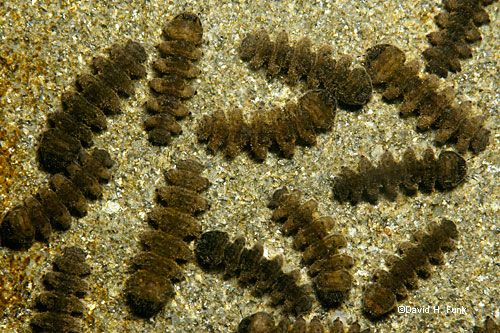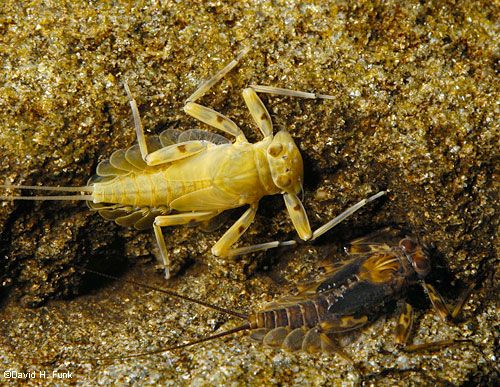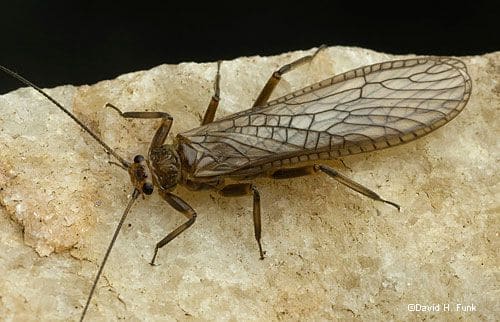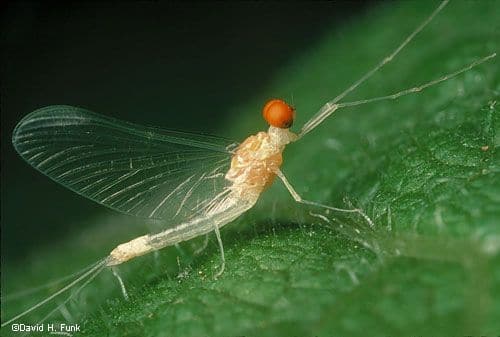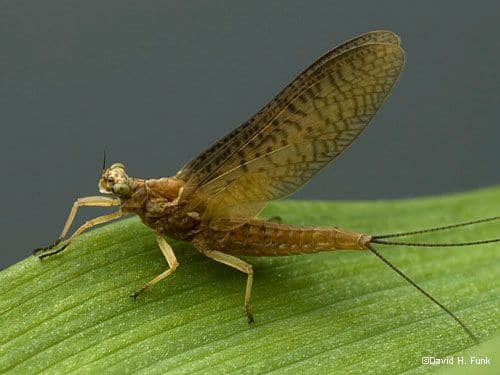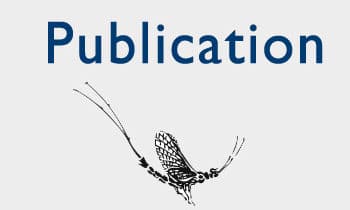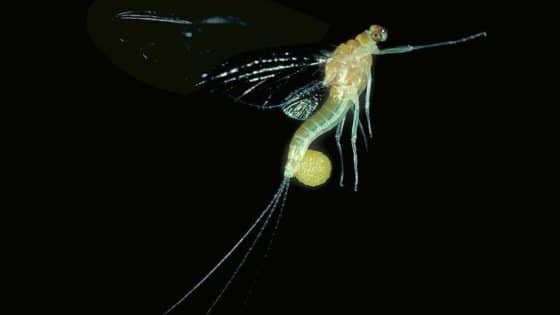
Entomologist
Entomology Group
Director of Facilities
Facilities Department
Contact
dfunk@stroudcenter.org
tel. 610-268-2153, ext. 1237
970 Spencer Road, Avondale, PA 19311
Interests and Expertise
David Funk is interested in all aspects of aquatic insect biology, especially the resolution of species using genetics, reproductive biology, and life history data. He has also combined his interests in entomology and photography to produce an extensive collection of images of aquatic insects in their native habitats.
Publications
The scientific names of two common Florida crickets (Orthoptera, Gryllidae)
Dietary (periphyton) and aqueous Zn bioaccumulation dynamics in the mayfly Centroptilum triangulifer
A DNA barcode library for North American Ephemeroptera: Progress and prospects
Gryllus mandevillus (Orthoptera: Gryllidae) is a valid field cricket species
See all publications by Stroud Center authors
Photography
I have been taking pictures of insects for more than 35 years and have developed special equipment such as a shallow underwater rig (pictured below) for taking in-stream photos of aquatic insects. My photographs have appeared in numerous books and magazines, including Natural History, Scientific American, Ranger Rick, National Wildlife, Wings (Xerces Society), BBC Wildlife, and Nature Australia.
Related News
The Bug Whisperer: Dave Funk Decodes Mysteries of Mayflies and Other Clean-Water Lovers
Modeling Mayflies to Understand the Challenges of a Warming Planet
Stories From the Streams: Salty Streams
Test Your Skills With the #MysteryMacro Quiz
Mayfly Eggs Hatching a Minute After Being Laid
Monitoring the Health of the Susquehanna
Mystery Midge with “Kite Tail” Eggs
Mystery Midge with “Kite Tail” Eggs
Could Rising Temps Be Killing Mayflies, Threatening Streams? Scientists Investigate.
Sharing Our Science: Winter-Spring 2016
2015 Stroud Center Publications
UpStream Newsletter, December 2013
UpStream Newsletter, July 2013
Smooth Operations: Keeping Our Campus Running
UpStream Newsletter, June 2013
Monitors Find Healthy Signs in Hay Creek Near Birdsboro
UpStream Newsletter, Spring 2008
UpStream Newsletter, Fall 2001
UpStream Newsletter, Spring 2000

